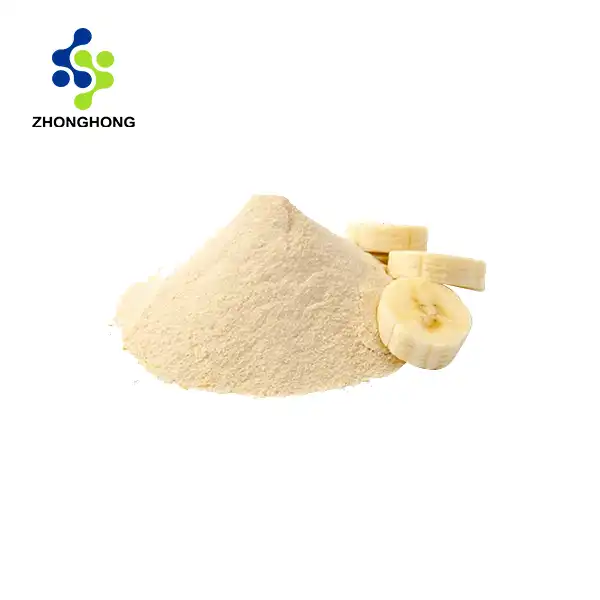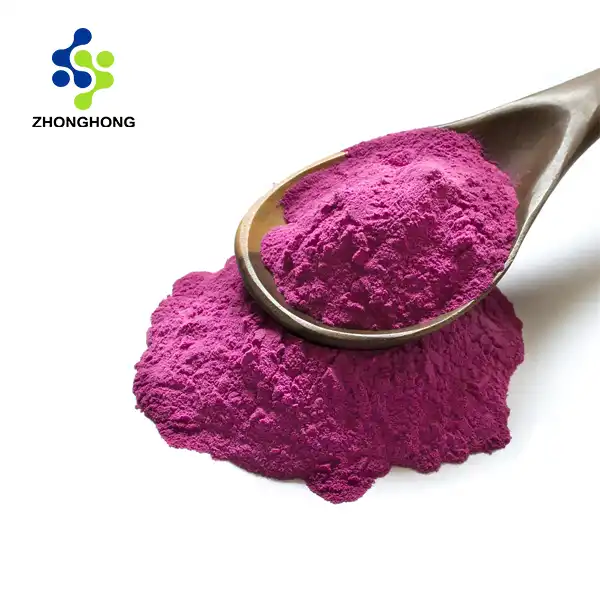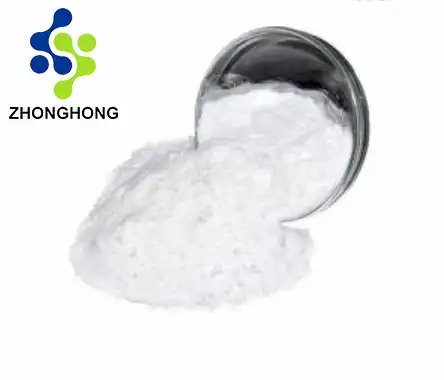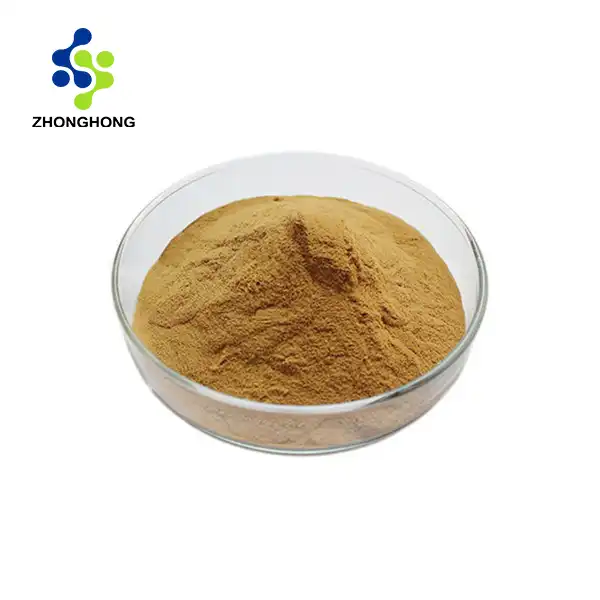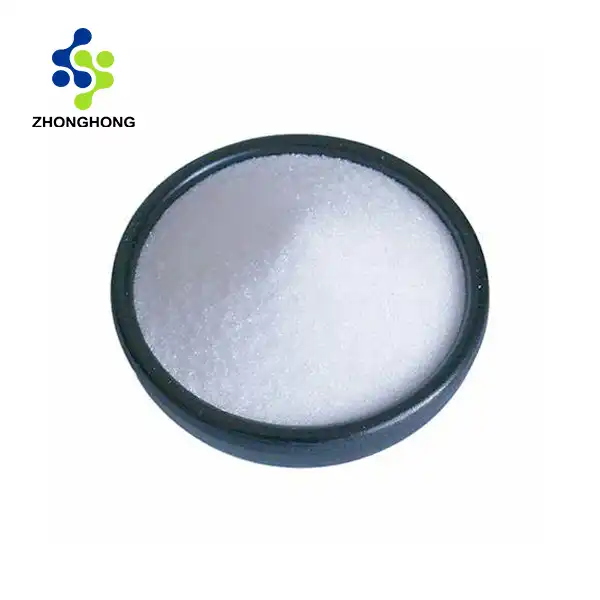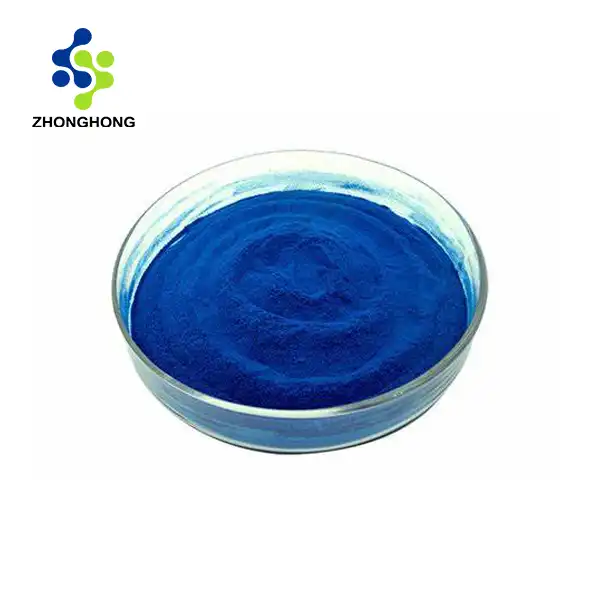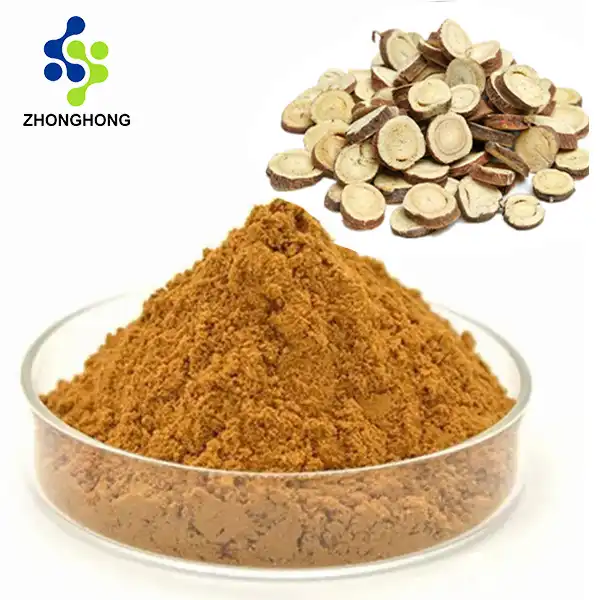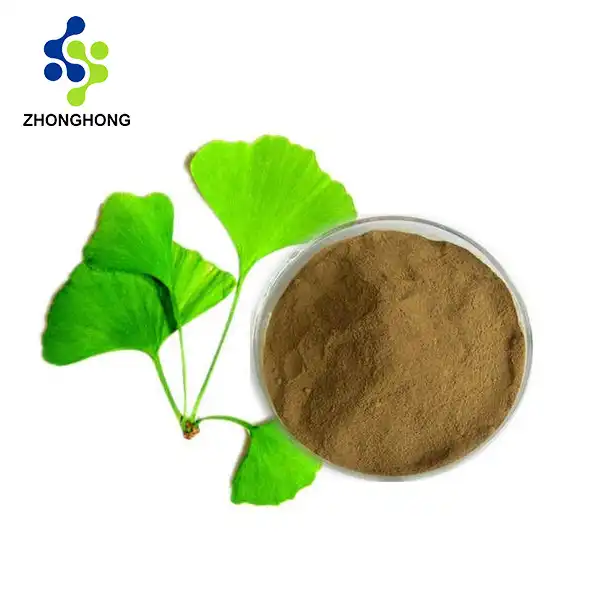The Science Behind Witch Hazel Extraction
Chemical Composition of Witch Hazel
Witch hazel (Hamamelis virginiana) is a rich source of various bioactive compounds. The plant contains tannins, flavonoids, gallic acid, and essential oils. These components contribute to its therapeutic properties, making witch hazel extract bulk a valuable ingredient in many industries. The tannins, primarily hamamelitannin and proanthocyanidins, are responsible for the astringent effects. Flavonoids like quercetin and kaempferol offer antioxidant benefits. The essential oils, including eugenol and hexenol, provide aromatic qualities and potential antimicrobial effects.
Extraction Methods for Witch Hazel
Several extraction methods are employed to obtain witch hazel extract bulk. The most common technique is steam distillation, where steam passes through the plant material, carrying volatile compounds that are then condensed and collected. Another method is solvent extraction, using ethanol or other solvents to draw out active compounds. Supercritical fluid extraction, utilizing carbon dioxide under high pressure, is gaining popularity for its ability to produce pure extracts without solvent residues. Each method has its advantages, influencing the final composition and potency of the witch hazel extract.
Alcohol Content in Witch Hazel Preparations
The alcohol content in witch hazel preparations can vary significantly. Natural witch hazel distillate contains trace amounts of ethanol produced during fermentation of plant material. However, many commercial products add alcohol to enhance preservation and extraction efficiency. The concentration typically ranges from 14% to 20% in over-the-counter products. For witch hazel extract bulk intended for industrial use, the alcohol content can be customized based on specific requirements. It's important to note that alcohol-free versions are also available, using alternative preservation methods to maintain stability and efficacy.
Applications of Witch Hazel Extract in Various Industries
Cosmetic Industry Applications
In the cosmetic industry, witch hazel extract bulk finds extensive use due to its astringent and soothing properties. It's a key ingredient in toners, helping to tighten pores and balance skin pH. Witch hazel is also incorporated into cleansers, moisturizers, and anti-aging products. Its natural antioxidants combat free radicals, potentially reducing signs of aging. For hair care, witch hazel extract is used in shampoos and conditioners to address scalp issues and add shine. The versatility of witch hazel makes it a valuable component in natural and organic cosmetic formulations, appealing to consumers seeking plant-based skincare solutions.
Pharmaceutical Uses of Witch Hazel
The pharmaceutical industry utilizes witch hazel extract bulk for various medicinal preparations. Its anti-inflammatory properties make it useful in treating minor skin irritations, insect bites, and sunburn. Witch hazel is a common ingredient in hemorrhoid treatments, providing relief through its astringent action. Some over-the-counter medications incorporate witch hazel for its potential to reduce swelling and promote healing of minor wounds. Research is ongoing into the potential of witch hazel compounds in more advanced pharmaceutical applications, such as in the development of new anti-inflammatory drugs or natural preservatives for pharmaceutical formulations.
Witch Hazel in Food and Beverage Products
While less common, witch hazel extract has found its way into the food and beverage industry. Some herbal tea blends include witch hazel for its purported health benefits and unique flavor profile. In the realm of functional beverages, witch hazel extract is sometimes used in small quantities as a natural preservative or flavor enhancer. However, it's important to note that the use of witch hazel in food products is limited and subject to regulatory approval in many regions. The astringent nature of witch hazel can make it challenging to incorporate into palatable food products, but innovative formulators continue to explore potential applications in this sector.
Safety and Regulatory Considerations for Witch Hazel Extract
Quality Control in Witch Hazel Production
Guaranteeing the quality and consistency of witch hazel extract bulk is vital for makers and end-clients the same. Thorough quality control measures are carried out all through the creation cycle, from obtaining unrefined substances to the end result. This incorporates testing for virtue, strength, and microbial pollution. High level scientific methods like superior execution fluid chromatography (HPLC) and gas chromatography-mass spectrometry (GC-MS) are utilized to portray and measure key parts. Normalization of extract is significant, especially for drug and restorative applications, to guarantee steady adequacy and wellbeing. Makers of witch hazel extract bulk frequently stick to Great Assembling Practices (GMP) and may look for accreditations like ISO 9001 to exhibit their obligation to quality.
Regulatory Framework for Witch Hazel Products
The administrative scene for witch hazel items changes relying upon the expected use and geographic locale. In the US, witch hazel is for the most part perceived as protected (GRAS) by the FDA for use in food items, however its utilization is restricted. For corrective applications, it falls under the domain of the FDA's restorative guidelines. In the European Association, witch hazel concentrate is administered by the European Corrective Guideline when utilized in private consideration items. Drug utilizations might require more severe endorsements, contingent upon the particular cases and details. Organizations managing witch hazel concentrate mass should explore these administrative structures, guaranteeing consistence with naming necessities, wellbeing evaluations, and showcasing claims. Worldwide exchange of witch hazel concentrate may likewise be liable to import/trade guidelines and phytosanitary declarations.
Potential Side Effects and Precautions
While witch hazel is by and large viewed as safe for effective use, it's not without likely aftereffects. A few people might encounter skin disturbance, especially those with delicate skin or sensitivity to plants in the Hamamelidaceae family. The astringent idea of witch hazel can now and again prompt dryness or snugness of the skin whenever utilized exorbitantly. Items containing high convergences of liquor might worsen these impacts. Ingestion of witch hazel isn't suggested, as it can cause stomach related agitated and other unfriendly responses. Pregnant and breastfeeding ladies ought to counsel medical services experts prior to utilizing witch hazel items. While working with witch hazel concentrate mass, overseers ought to play it safe, including wearing defensive hardware to forestall skin and eye to eye connection. It's critical for makers to give clear utilization guidelines and alerts on items containing witch hazel to guarantee customer wellbeing.
Conclusion
Witch hazel extract bulk remains a versatile and valuable ingredient across multiple industries. While extracting alcohol from witch hazel is possible, it's not practical or advisable for individual use. The true value of witch hazel lies in its natural compounds and their myriad applications. As research continues and regulations evolve, we can expect to see even more innovative uses for this remarkable plant extract in the future. If you want to get more information about this product, you can contact us at liaodaohai@gmail.com.
_1728976869676.webp)
